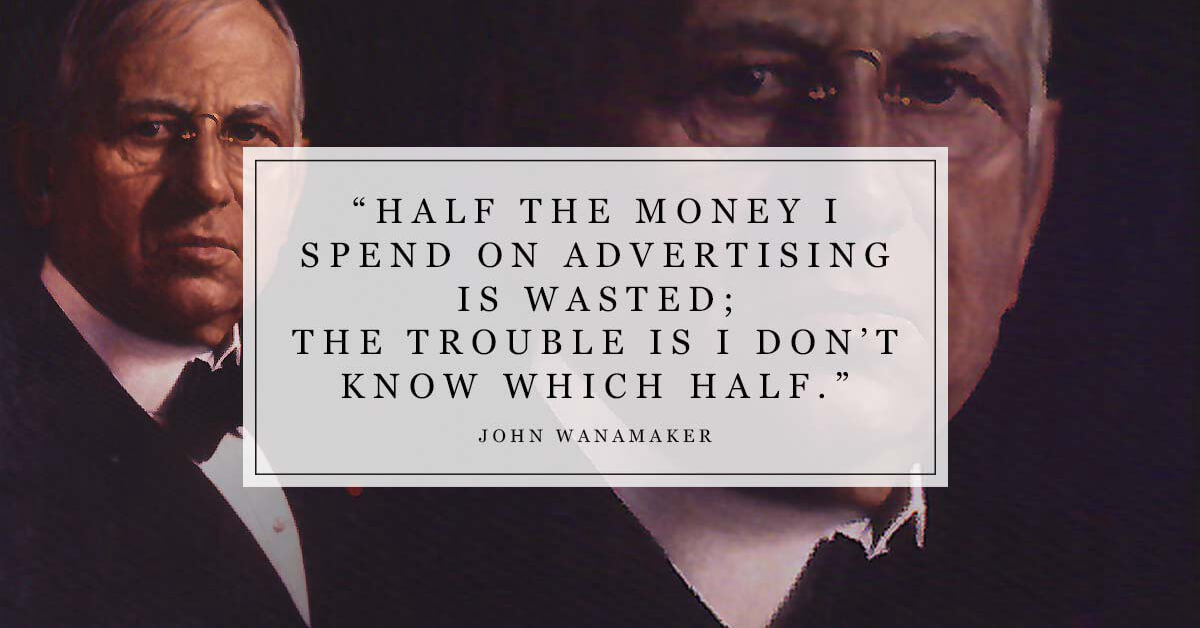Who draws your picture of reality?

No doubt you’ve experienced that unpleasant situation when you realized after a referendum that your picture of reality was completely different from the views of your fellow citizens. The Family Code was the one that got to me. Judging from my own surroundings, I had been sure that hardly anyone held opinions contrary to mine, and that my compatriots and I were in complete agreement, so to speak. However, it turned out that my assumptions were just the result of the “bubble” in which I live, work, read, have fun, and also learn.
How innocent is surfing the web?
You, too, probably “kill time” fairly often by scrolling through various web news media, where you check the latest updates (usually sharing some or commenting on them, too), or you stroll through social networking backyards, looking at what your friends are reading and sharing. We don’t usually do this in order to purposely learn about a particular topic, but usually to ward off boredom when we’re waiting for friends in a restaurant, standing in line at an ATM, or dealing with insomnia late at night. However, while engaging in this seemingly innocent behavior, we rarely realize (or simply don’t care) what the levers for receiving information are and how this information affects our reality.
Filter bubble: personalized bubble
Everyone involved in online advertising one way or another (today those most in-the-know even call it “programmatic advertising”) probably already know what I’m alluding to. “Filter bubble” is a term coined by Eli Pariser. It refers to algorithm results that dictate the unique set of content that each one of us encounters online. This “bubble” is supposed to create a unique universe of information for each one of us, thus significantly changing the ways we encounter ideas and information on a daily basis.
Pariser supported his theory with a very simple test. He asked two people that had different online search histories to type the same keywords into their search engines. The two individuals received completely different hits.
The phenomenon certainly relates to business: quite a few websites offer personalized content based on our search history, age, sex, location, and other information. The result is a flood of (homogenous) information that supports our current viewpoints and perspective, and there is one single lever: to offer the reader only the exact things that he will definitely like. In the context of business impact, this type of filtering is certainly welcome, but it also has consequences. In the best case this is generally being tuned out or ignored.
Are we all trapped in our bubbles?
Let there be no mistake: bubbles exist outside the web, too! Our social circles, residential neighborhoods, and workplaces are also bubbles that we move within every day. Not that we’re aware of it, but one way or another we move within spheres of like-minded people, which makes us feel pretty comfortable, but it puts us at constant risk of forgetting that there are other perspectives outside our bubbles.
People that work in marketing or sales, or that seek to, in one way or another, put themselves in other people’s shoes in order to more easily and better understand them, really need to be aware of these bubbles. For them, being aware of different perspectives isn’t just an ethical obligation, but also a competitive advantage in doing their jobs.
How can marketing burst these bubbles?
Personalization and relevance go hand in hand when we’re talking about today’s marketing buzzwords. And the most obvious advice for how to get inside your potential customers’ bubbles is certainly to create tailored and relevant content for them. That’s just logical, isn’t it? If you know that a person is exposed to content that best fits his prior interests, you’re definitely going to be the most relevant to him when you know how to offer him similar content. This means that you will have to shape your messaging well enough contextually so that it will “take hold” in your readers’ bubbles. If you manage to do this, you certainly can’t leave the next step to chance!
There are 600 Facebook pages for brands or companies that have attracted my interest in the past enough for me to “like” them. Even though most of them faithfully post messages on their walls every day, which are most likely also meant for me in some way, I don’t see most of them. The Facebook algorithm decides that they won’t interest me.
Instead of hoping that the next message you’d like to send an individual will again break through the algorithm of a specific platform (search engine, social media, etc.), try to redirect the reader to your digital backyard as soon as possible. If you succeed in persuading him to visit your website even just for a moment, that will already serve as the basis for effective remarketing communication. If you are able to get his email address at a conversion point, your communication can then take place even outside all the bubbles.


